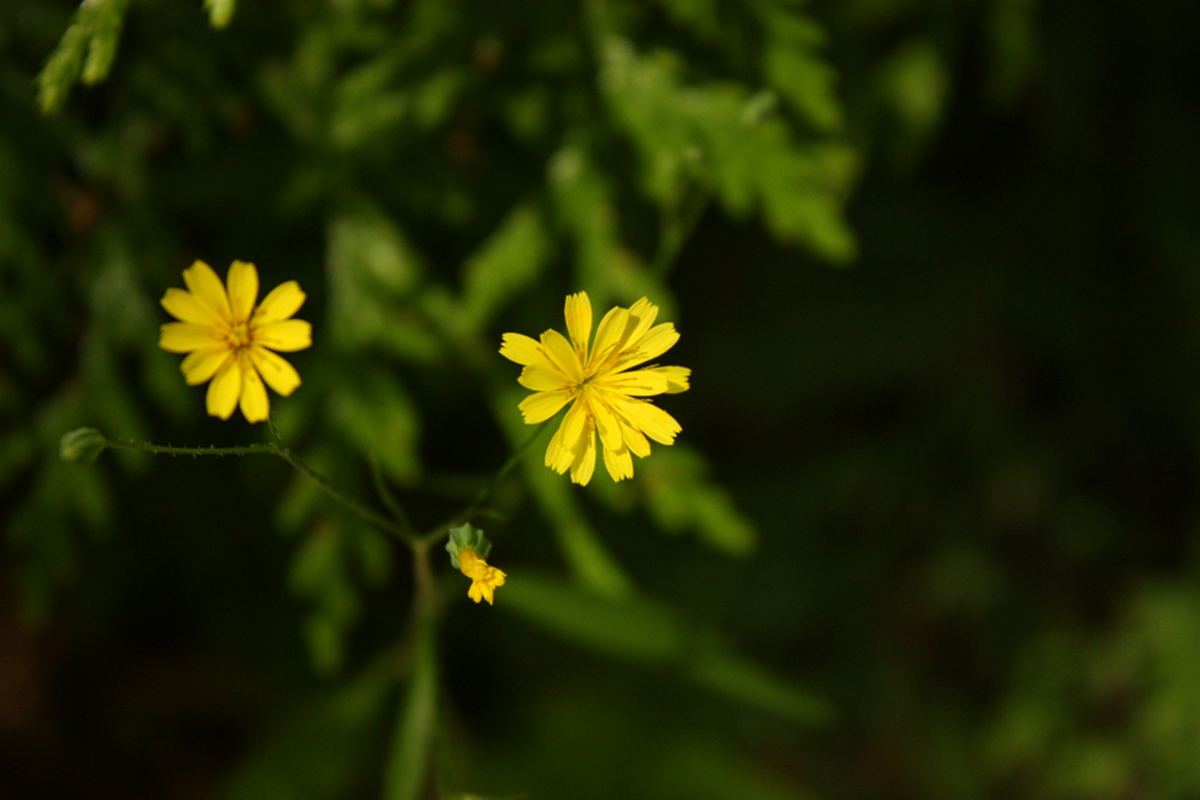
Not all nursing women have the problems with cracked nipples but those who do or did at some point in their motherhood testify that it is a very painful and most unpleasant experience. Luckily, there are many tips and remedies that can prevent and cure this problem.
Tips for preventing and treating cracked nipples
The first liquid that comes from the breasts immediately after the childbirth and for the first few days is colostrums. This liquid is very good for the baby and he or she should get as mush of it as possible. It also lubricates and protects the nipples and it should not be washed off, especially not with soaps, which are known to dry the skin up.
Correct latch-on technique is one of the most important thing for preventing nipple cracking. The correct way to do it is to put as much of the areola in the baby’s mouth, gently though.
It is very beneficial for breasts and nipples to breastfeed many times a day, dividing the food into smaller meals. This will cause a stronger milk flow and less friction for the nipples, and it will also prevent engorging, which is known to lead to mastitis. The trick for removing the baby from the breast is to gently place a finger or two between his or her tongue and the breast.
Nowadays there are special breastfeeding bras available in almost all maternity stores, with flaps open, which, thanks to their design, help prevent cracked nipples.
If the nipples are already cracked, it helps to rub an ice cube a little before breastfeeding. Lanolin also helps, because it lubricates the nipples and keeps them moist.
Some babies can be picky about their food and refuse to eat. If this happens, it may be the sign that the mother is consuming something the baby does not like, and usually those foods include dairy products, citrus fruits and vegetables starting with the letters A, B and C.
Herbs and ingredients for cracked nipples
There are several different herbs that are traditionally used for treating cracked nipples.
Those beneficial herbs include calendula or English marigold, Japanese silverberry, Lebanon cedar, argemone mexicana, chrysanthemum, creeping thistle, pterocarpus, pepper-bark tree, syzygium jambolanum, bergenia, leea, goat’s head, cloudberry, boneset, lanolin, and many others, which can be recommended by a homeopath or an expert in the local herb store.
They contain ingredients that soothe and slightly anesthetize the sensitive skin of the nipples and some even have antibiotic and antifungal properties, which is important because the infection can spread very easily from the cracks in the nipples to the inside of the breast and cause even more discomfort.


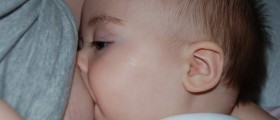

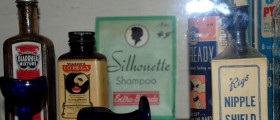
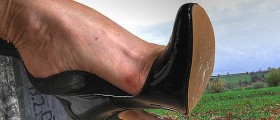

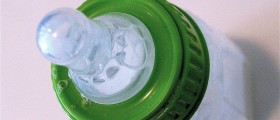
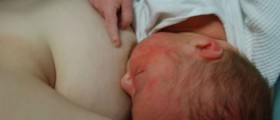
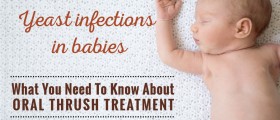
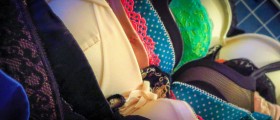


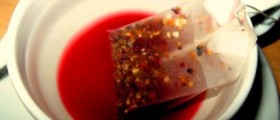
Your thoughts on this
Loading...